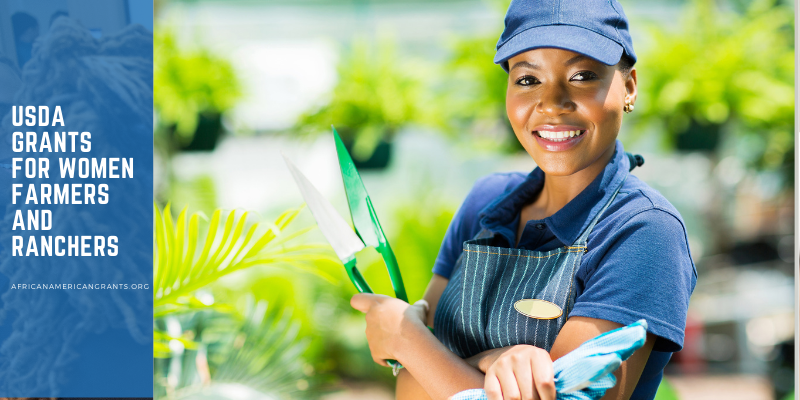
The USDA announced on August 24, 2023, that it would deliver $550 million in funding to assist initiatives that help underprivileged producers to obtain land, investment, and markets, as well as instruct the next generation of agricultural professionals.
These funds are made possible by Section 1006 of the American Rescue Plan Act (ARPA), as revised by Section 22007 of the Inflation Reduction Act. The goal of such grants is to help small farmers and ranchers to gain entry to USDA programs and services.
For a five-year agreement with the government, the awards would vary from $500,000 to $3.5 million. Applications from domestic nonprofits, colleges, and universities with experience in collaborating with underprivileged farmers are also encouraged.
To date, USDA has carried out the provisions contained in Section 1006 of the American Rescue Plan Act, such as the establishment of an impartial Equity Commission.
The USDA has offered $75 million in collaborative partnerships with 20 groups to offer technical aid to underprivileged producers, including veterans, producers with scarce funds, startup farmers and ranchers, and/or producers who reside in high-poverty areas.
Eligibility Requirements USDA Grants for Black Farmers
in 2023, the following organizations are able to qualify to apply for the USDA grant for black farmers:
- Agricultural producers, whether individually or collectively, whether owners or tenants of existing agribusiness in the United States.
- Agricultural cooperatives.
How to Apply for USDA Grants for Black Farmers
- Conduct your research: Focus on providing supporting documents, in the form of a plot and expenditure. If necessary, offer additional references.
- Prepare the budget with care: Although several expenses are exact, you will almost certainly have to make guesses depending on research, data, and previous experience. It is critical to be straightforward and provide justification for every budgeted item.
- Read the solicitation for proposals or request for proposals thoroughly: Check that your objectives are in line with the funder’s mission. If your goals do not align with the USDA’s request for proposals, look elsewhere.
If you’re uncertain, ask. The majority of requests for proposals include contact information. Attempting to avoid discrepancies early on will save you time, effort, and despair.
- Follow the steps in the solicitation: This appears simple enough, but grant requests are frequently rejected due to the applicant’s inability to adhere to the directions. Failure to meet the requirements results in immediate disqualification.
- Start early: The USDA frequently asks for letters of recommendation or the endorsement of a professional/specialist. The writer must fully comprehend the proposal in order to give a great letter of recommendation or endorsement.
Conclusion
The goal of this grant is to help small farmers and ranchers gain full rights to USDA programs and services, the majority of which focus on the market expansion. The USDA stated in a public statement that an absence of details about USDA services, along with a lack of transparency and complexity traversing intricate application procedures, is a frequent issue in agriculture.